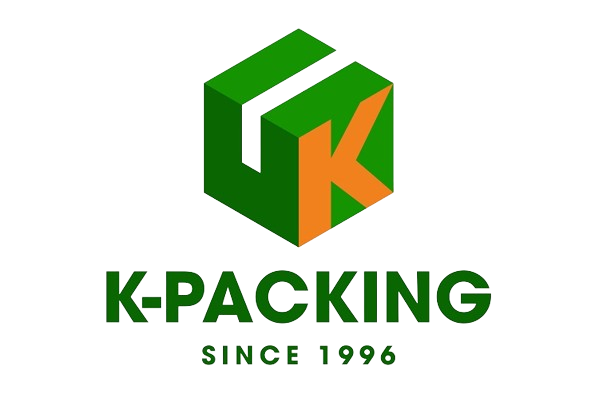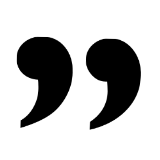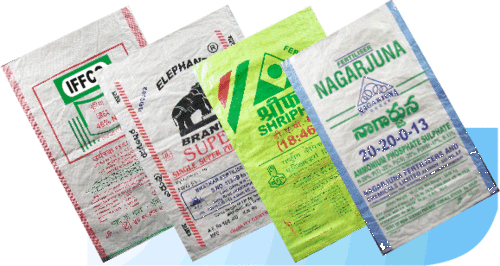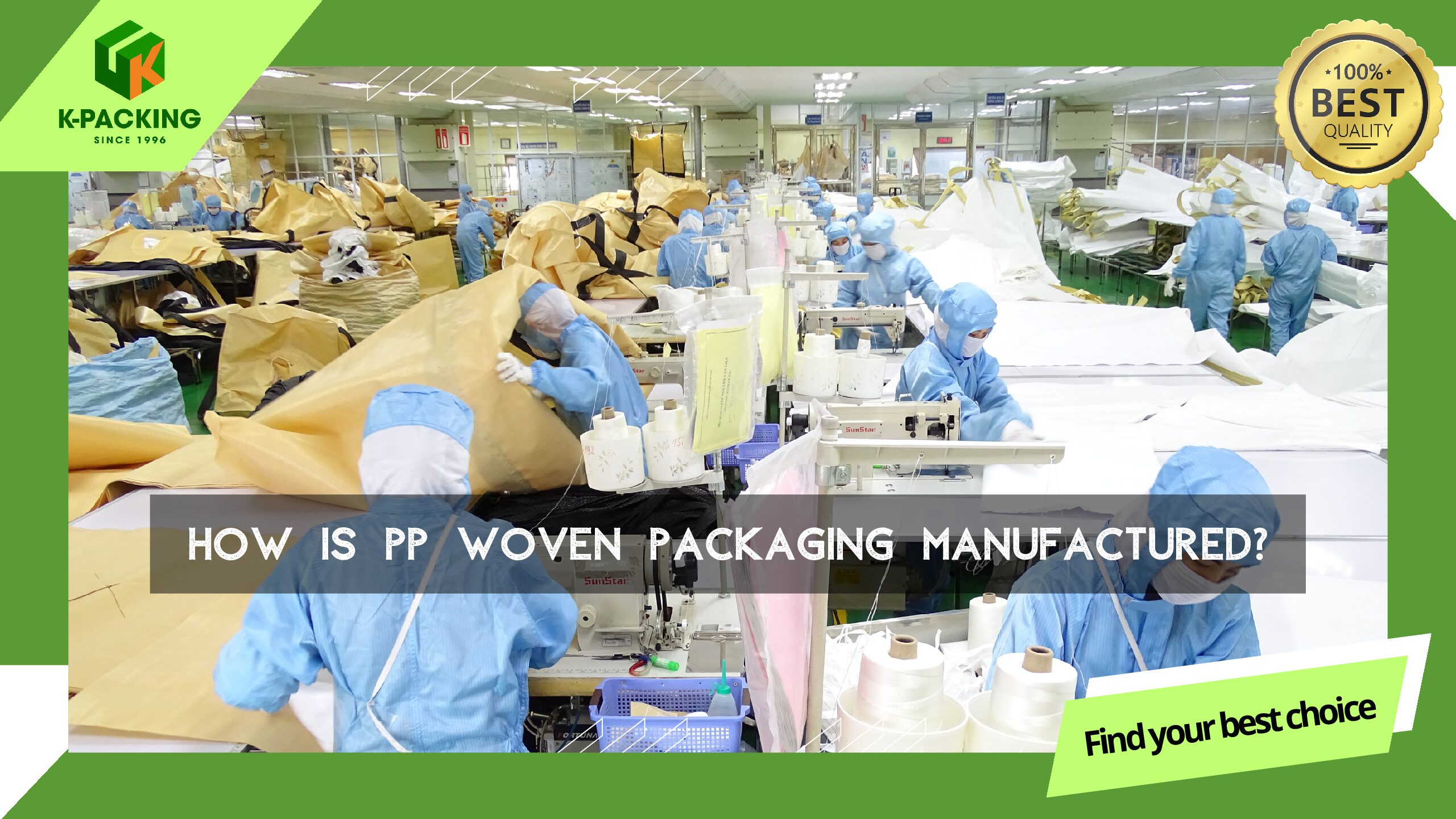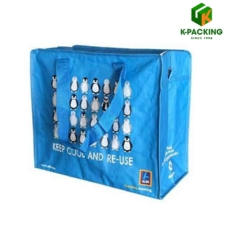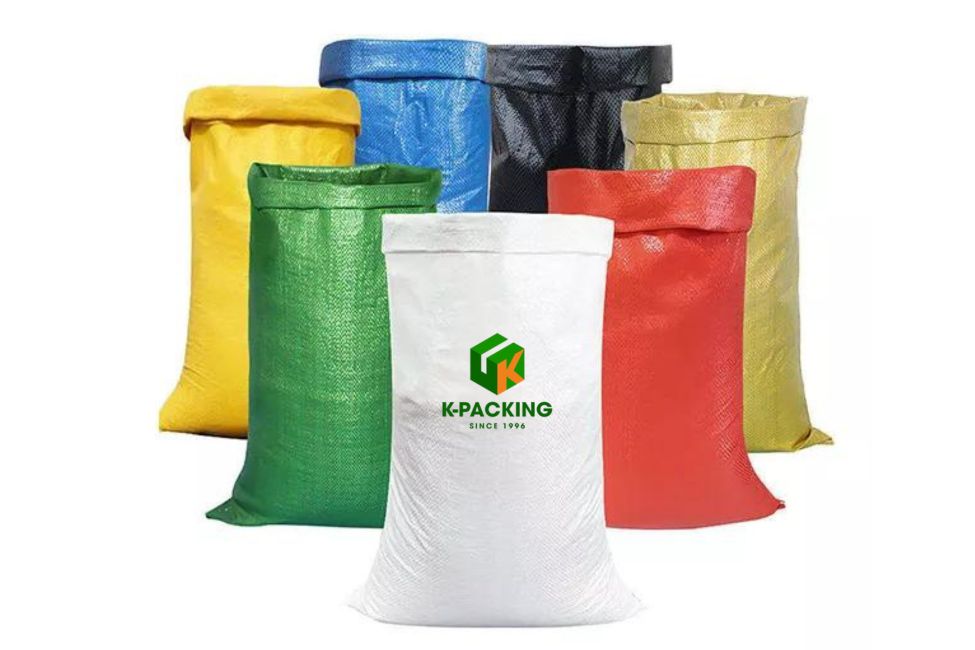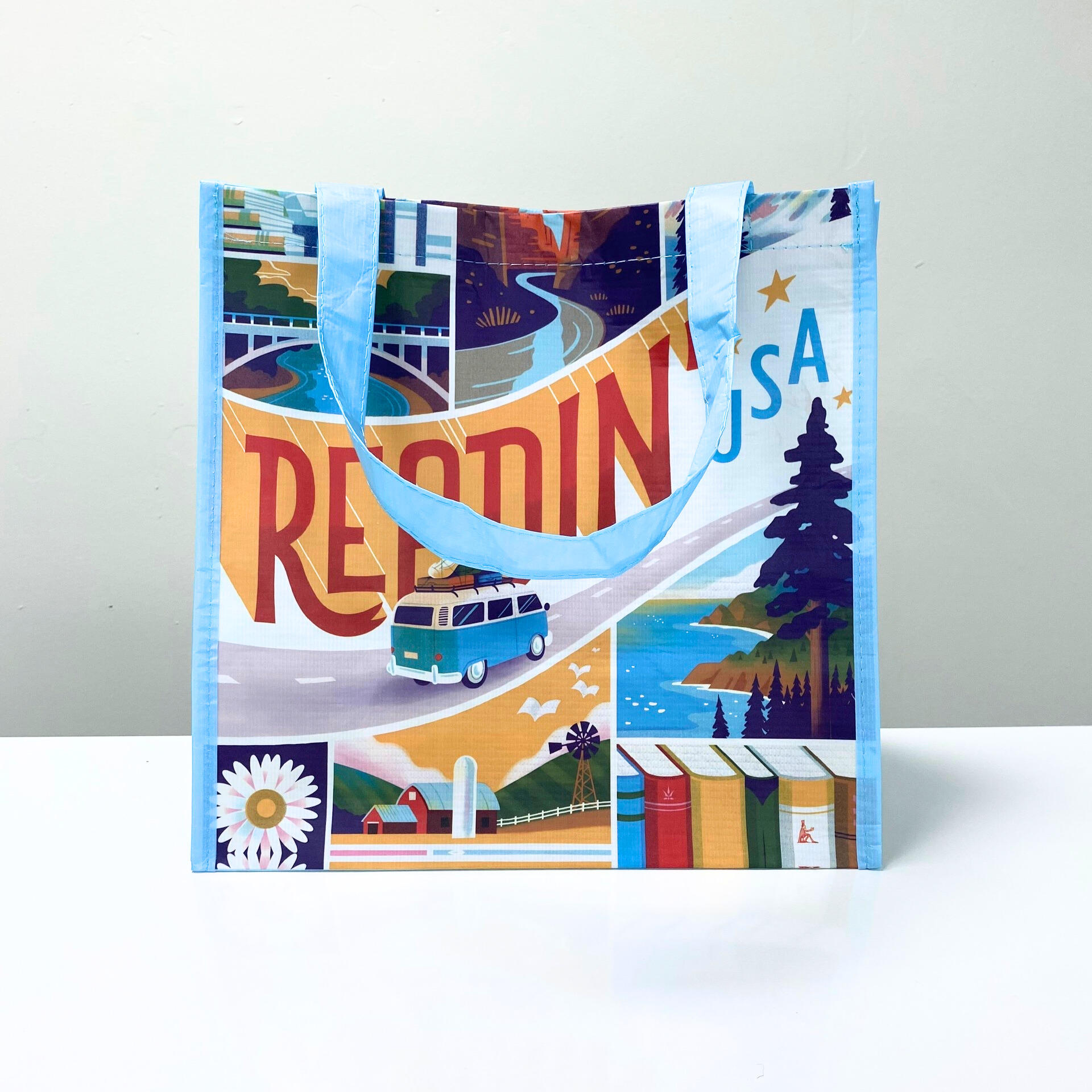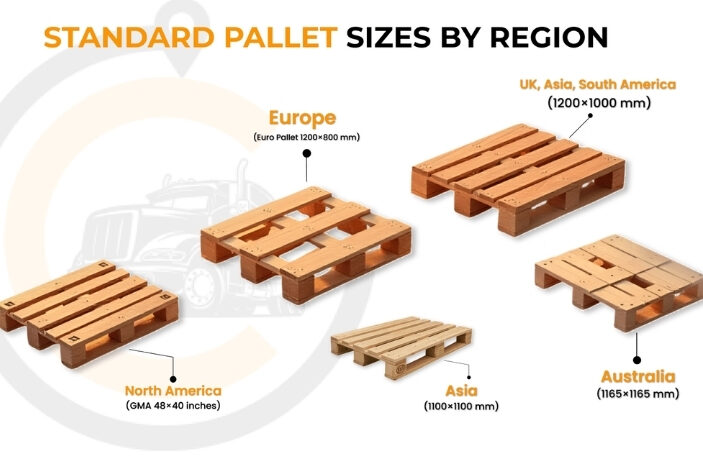In today’s market, sustainability is no longer a passing trend but a customer expectation. Consumers now prefer brands that reflect their environmental and social values, pushing businesses to build trust through consistent, value-driven actions rather than short-term ads. Those that embed sustainability into the customer experience not only attract attention but also foster long-term loyalty.
Reusable bags offer a simple yet powerful way to achieve both goals. When designed with purpose and distributed strategically, they become mobile extensions of your brand identity. Each use strengthens recall and trust while demonstrating your commitment to quality and the planet.
According to the Advertising Specialty Institute (ASI) Ad Impressions Study 2023, promotional products like reusable bags generate thousands of impressions during their lifespan, and 26% of recipients are more likely to do business with the advertiser. This makes reusable bags a cost-efficient, high-impact marketing tool that benefits both brands and consumers. In the following sections, we’ll explore how reusable bags can effectively boost brand loyalty and awareness across major industries.
1. Retail & supermarkets
In retail, brand awareness grows through visibility and repetition. Customers are constantly surrounded by competing visuals, and only the brands that appear consistently in their routines stay memorable. Reusable bags give retailers that advantage by keeping the brand visible long after checkout, whether at the supermarket, the office, or on the street.
Design bags that truly represent your store’s identity through color, typography, and logo placement. Position them as part of your merchandising and loyalty efforts rather than as simple packaging. Limited-edition designs for seasonal or holiday campaigns can create excitement, while including bags in membership programs or as free gifts for purchases above a threshold helps encourage repeat visits.
Each time a customer reuses your branded bag, they carry your message into public spaces and expand your visibility naturally. Providing small incentives such as loyalty points or discounts for reuse further strengthens customer connection and reinforces your brand’s sustainable image.
Retail audiences value visual appeal and durability. Materials like laminated PP woven or rPET communicate reliability, longevity, and quality. Updating bag designs a few times a year keeps your brand fresh and encourages customers to keep engaging beyond the store visit.
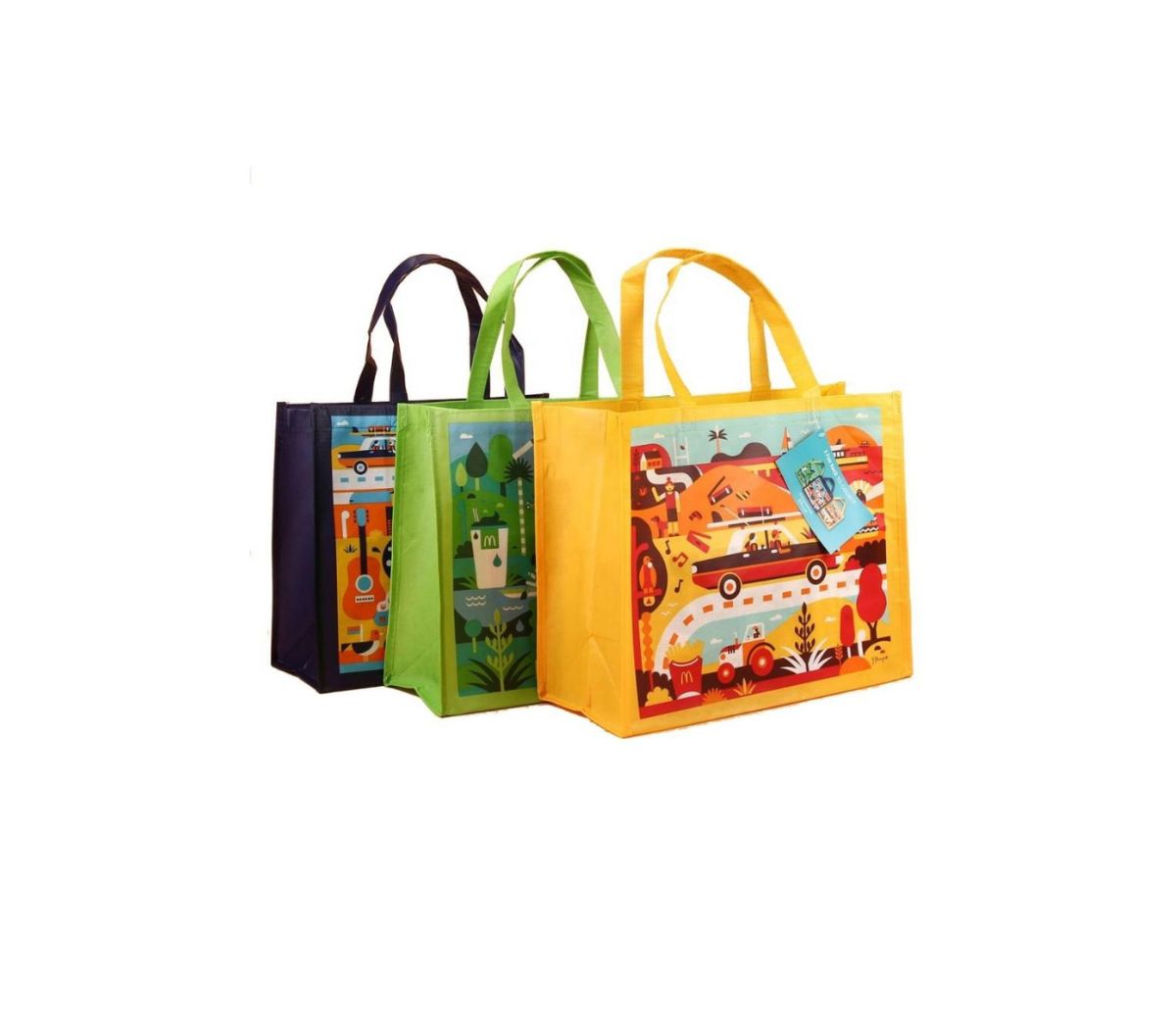
2. Food & beverage (f&b)
In the food and beverage industry, customer interaction usually ends once the meal is over. A well-designed reusable bag changes that by keeping your brand present in the customer’s daily routine. Whether used for takeout, grocery shopping, or as a lunch tote, it turns a one-time purchase into ongoing exposure.
Integrate custom takeaway or delivery bags into your overall packaging strategy. Use the bag surface to highlight your brand story, core values, or signature flavors. Limited-edition designs for new menu launches, festive promotions, or local collaborations can spark interest and encourage customers to collect and reuse them.
To build deeper loyalty, encourage customers to bring back their branded bags for small perks such as discounts or drink upgrades. This approach connects sustainability with repeat behavior, turning casual visits into an ongoing relationship between customer and brand.
F&B consumers value convenience and practicality. Choose materials that are lightweight, water-resistant, or insulated to fit real-world use. A well-made bag that feels premium and functional extends brand visibility and reinforces trust every time it is used.
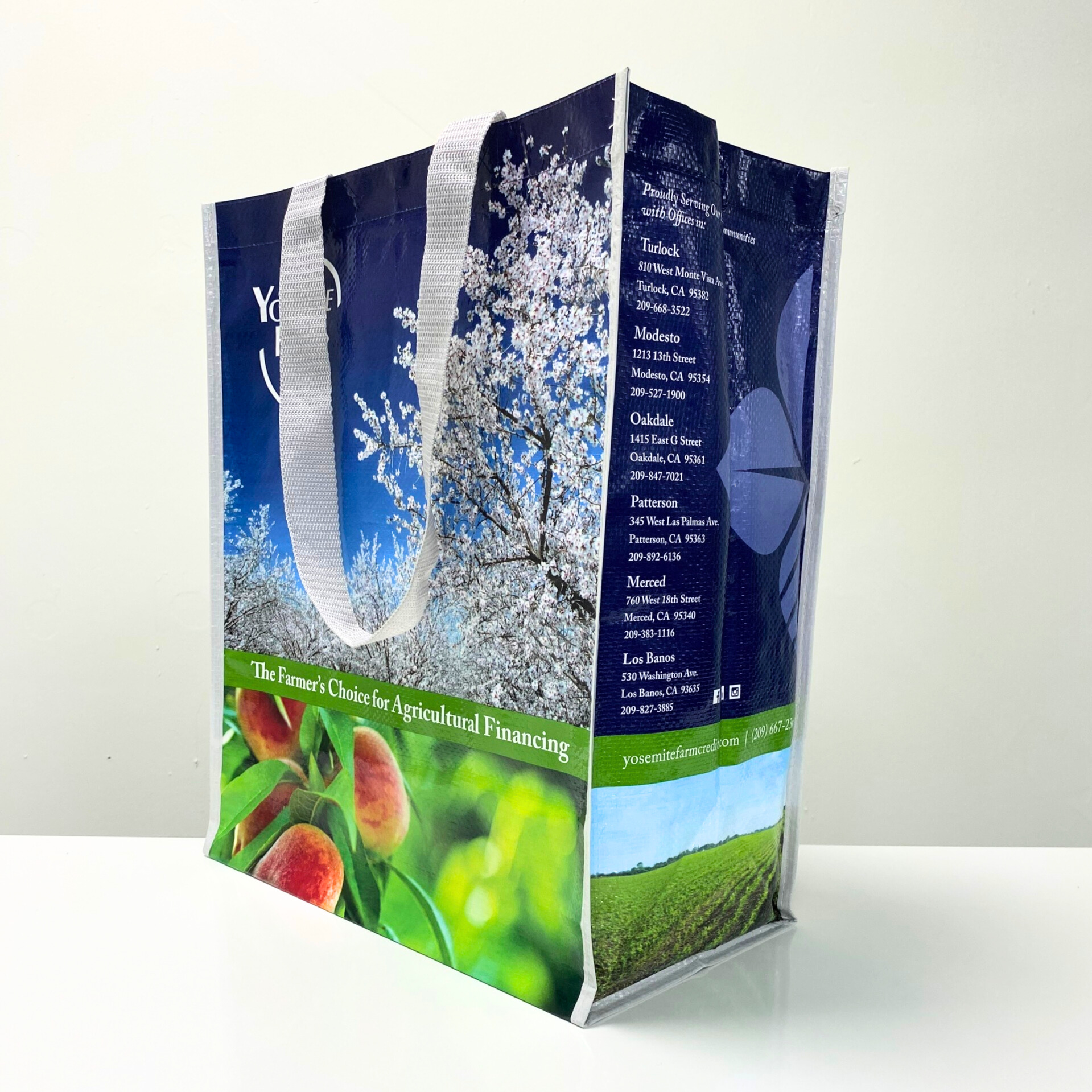
3. Hospitality & tourism
In the hospitality industry, loyalty grows from emotional connection rather than transaction. A thoughtfully designed reusable bag can help extend that feeling long after a guest’s stay. It transforms a simple gesture into a memorable takeaway that keeps the brand close even when the trip ends.
Provide complimentary eco-totes at key touchpoints such as check-in, spa sessions, or special events to make guests feel appreciated. When travelers carry these bags through airports, beaches, or city streets, your brand naturally reaches new audiences in diverse destinations, turning every journey into an opportunity for visibility.
Reusable bags can also enhance guest recognition programs. A reward like “Stay three nights and receive a sustainable travel tote” adds exclusivity while aligning your brand with eco-conscious values. Guests perceive it as both a gift and a statement of shared responsibility.
Hospitality audiences value elegance and authenticity. Use premium materials such as cotton canvas or jute, and opt for minimalist designs with subtle local details that reflect culture or destination. Refined simplicity creates a lasting impression and strengthens emotional loyalty among high-end travelers.
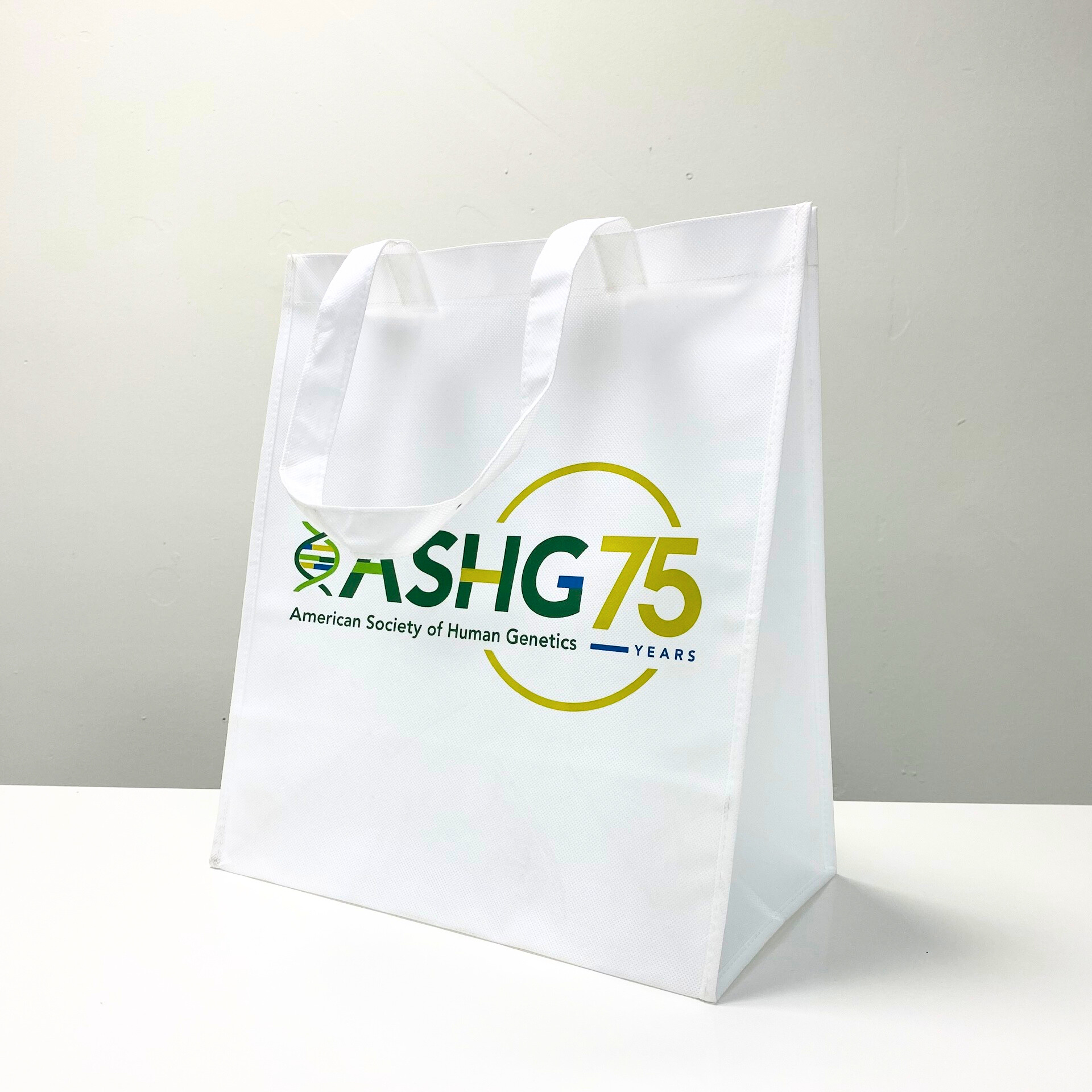
4. Corporate & tech
For corporate and technology brands, reusable bags are more than just useful accessories. They are brand statements that communicate innovation, precision, and a modern commitment to sustainability. When executed well, they reinforce the credibility and responsibility that clients and partners expect from professional organizations.
Incorporate customized eco-bags into key touchpoints such as onboarding kits, trade show giveaways, or client appreciation packages. Keep the design minimal and professional, highlighting clear messages like “Made from 100% recycled PET” or your company’s sustainability pledge. This approach positions your brand as forward-thinking and socially responsible, while creating subtle yet lasting visibility in professional environments.
Reusable bags also strengthen internal culture. Providing employees with branded eco-bags fosters a sense of pride and belonging to a company that genuinely values environmental stewardship. Externally, these bags reflect professionalism, consistency, and care-qualities that increase brand trust and recall among clients and collaborators.
Corporate and tech audiences value clean design and material integrity. Opt for structured, minimalist forms with strong handles, matte finishes, and durable materials such as rPET or recycled nylon. The look and feel of the bag should mirror your brand’s innovation and precision, ensuring alignment between visual design and corporate identity.
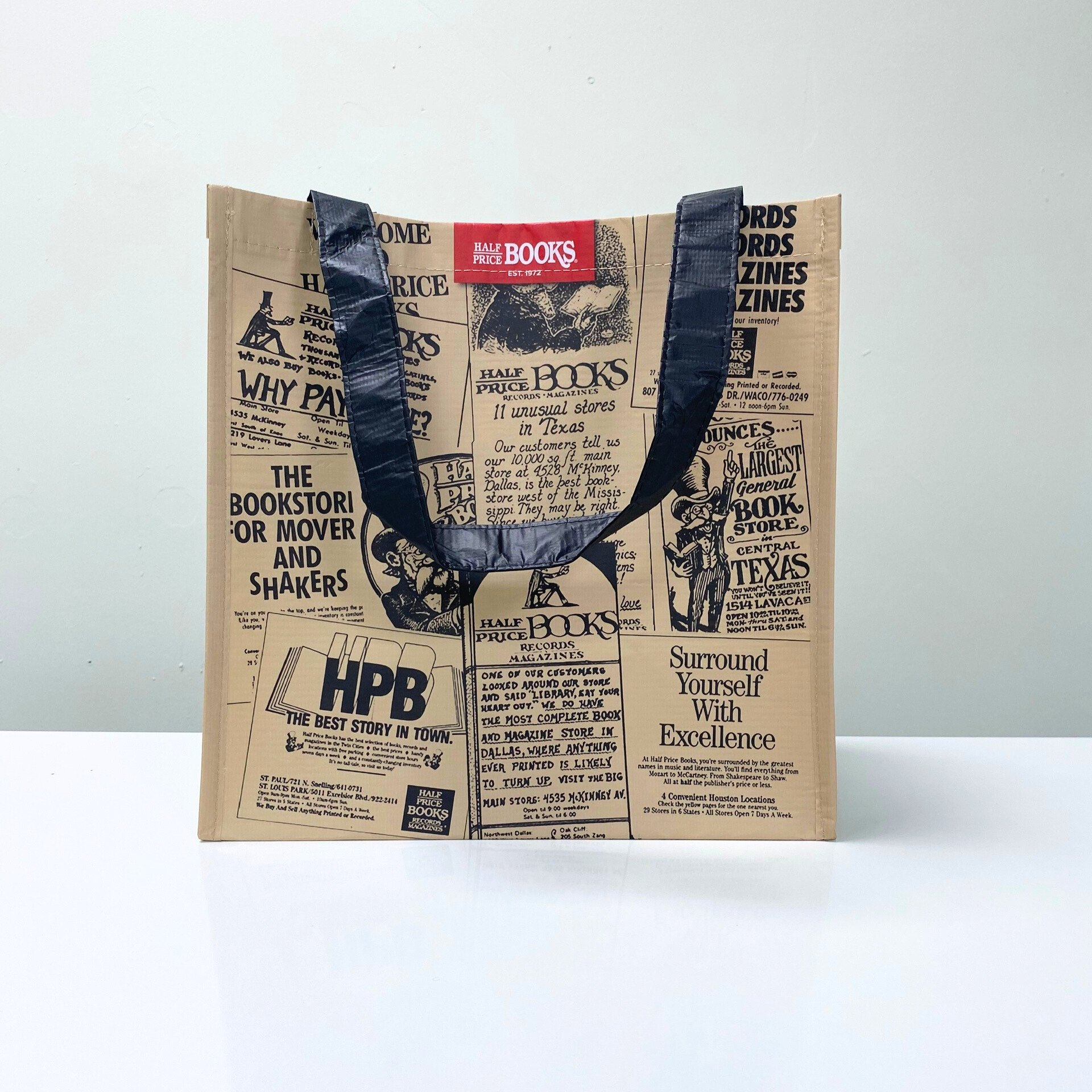
5. Education & Non-Profit
In education and non-profit sectors, loyalty is rooted in community and shared values rather than transactions. A well-designed reusable bag can help visualize that mission, turning abstract ideals like unity and impact into something people can see, touch, and carry with pride. It connects participants emotionally while reminding them they belong to something meaningful.
Custom tote bags distributed at orientations, fundraisers, or awareness campaigns create a strong sense of inclusion among students, donors, and volunteers. When designed around a clear message or inspiring slogan, these bags do more than promote – they spark conversations that spread awareness naturally and authentically.
Each bag also acts as a symbol of participation, reinforcing commitment every time it is reused in public spaces. Whether carried to school, work, or events, it quietly represents the values and impact of the organization it stands for, helping strengthen both emotional loyalty and brand recognition over time.Educational and non-profit audiences respond best to authenticity and purpose. Choose cost-effective but durable materials such as non-woven PP or rPET. Keep the design simple and message-driven, emphasizing the mission rather than the logo. In this sector, sincerity and clarity resonate more strongly than visual complexity.
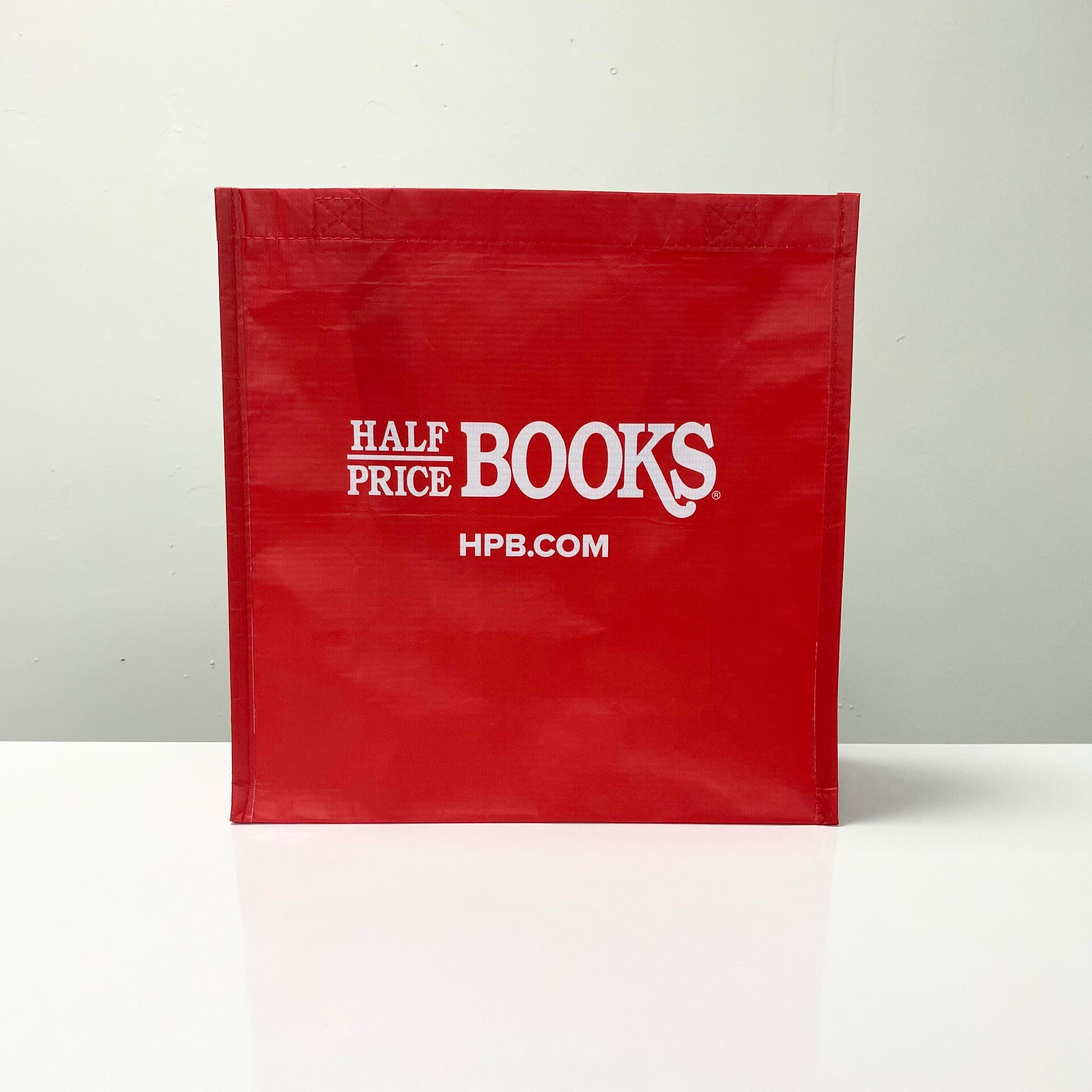
6. How to use reusable bags effectively for maximum impact
Simply producing reusable bags is not enough; the key lies in how brands integrate them into their overall marketing and customer experience strategy. To unlock their full potential, businesses need to view reusable bags not as giveaways, but as long-term communication tools that live beyond the first interaction.
Start by aligning the bag’s design with your brand identity and campaign objectives. Use high-quality materials that reflect your brand’s positioning-rPET or laminated PP for modern, retail-forward aesthetics; cotton canvas or jute for natural and premium feel. The goal is to make the bag both functional and desirable so customers are proud to reuse it.
Next, connect the bag’s use with a larger engagement loop. Encourage customers to bring their bags back for small rewards, feature user-generated photos on social media, or integrate them into CSR or environmental campaigns. When customers see that their behavior contributes to a positive cause, they develop emotional attachment and advocacy for the brand.
Finally, track performance where possible. Measure engagement through campaign hashtags, redemption codes, or loyalty participation rates. Treat reusable bags as measurable marketing assets because every reuse, every impression, and every visible logo contributes to a compounding effect of trust and recognition over time.
Conclusion
Reusable bags are more than sustainable products; they are long-lasting marketing tools that connect visibility, loyalty, and brand purpose. By aligning design, functionality, and storytelling, businesses can transform a simple packaging item into a meaningful customer experience that builds trust and advocacy over time.
For companies, the real value lies in the continuous exposure and emotional connection these bags create. Each reuse becomes a brand impression, and each impression a reminder of shared values between the business and its customers. For end users, reusable bags deliver both practicality and pride – a way to make daily actions part of a more conscious, responsible lifestyle.
At K-Packing, we believe that sustainable branding should go hand in hand with measurable impact. Our rPET, laminated PP woven, and eco-fabric bag solutions are designed to help businesses express their identity while reducing environmental footprint. When applied strategically, reusable bags do more than carry products – they carry your brand story, your mission, and your commitment to a greener, more trusted future.
